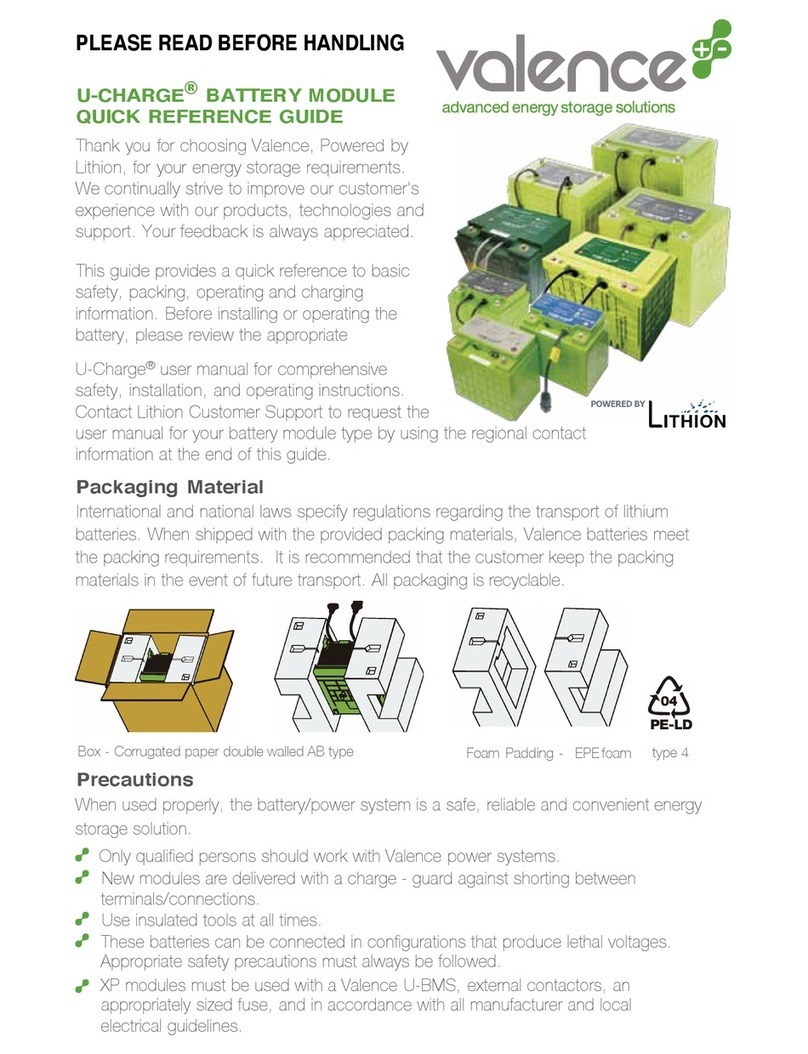
Compact Series HOMEGRID Technical
Table of Contents
1. Safety Precautions.......................................................................................................... 1
1.1. General warnings............................................................................................................ 1
1.2. Charge and discharge warnings.......................................................................................2
1.3. Transportation warnings..................................................................................................3
1.4. Disposal of lithium batteries ...........................................................................................3
1.5. Before Connecting...........................................................................................................3
1.6. In Using...........................................................................................................................4
2. Introduction.....................................................................................................................5
2.1. Lithium iron phosphate battery .......................................................................................5
2.2. Compact Series................................................................................................................5
2.3. Specifications ..................................................................................................................6
2.4. Equipment Interface Instruction......................................................................................7
2.5. Sleep and Wake up........................................................................................................11
2.5.1 Sleep ........................................................................................................................11
2.5.2Wake up....................................................................................................................11
2.6. Forced discharge mode..................................................................................................12
2.7. Automatic parallel.........................................................................................................12
3. How to match communication with inverter.................................................................13
4.1. Supported brands.......................................................................................................... 13
4.2. Inverter matching list ....................................................................................................13
4.3. Connection with inverter...............................................................................................14
4. Safe handling of lithium batteries Guide ......................................................................15
5.1. Schematic Diagram of Solution ....................................................................................15
5.2. Familiar with batteries...................................................................................................15
5.3. Precautions before installation......................................................................................16
5.4. Tools..............................................................................................................................16
5.5. Safety Gear....................................................................................................................16
5. Installation.....................................................................................................................17
6.1. Package Items................................................................................................................17
6.2. Installation Location......................................................................................................18
6.3. Parallel Installation........................................................................................................19
6. Trouble Shooting Steps.................................................................................................20
7.1. Problem determination based on...................................................................................20
7.2. Preliminary determination steps....................................................................................20
7.3. The battery cannot be charged or discharged................................................................20
7. Storage, Transportation and Emergency Situations......................................................21
8.1. Storage...........................................................................................................................21
8.2. Transportation ...............................................................................................................21
8.3. Emergency Situations....................................................................................................21




























